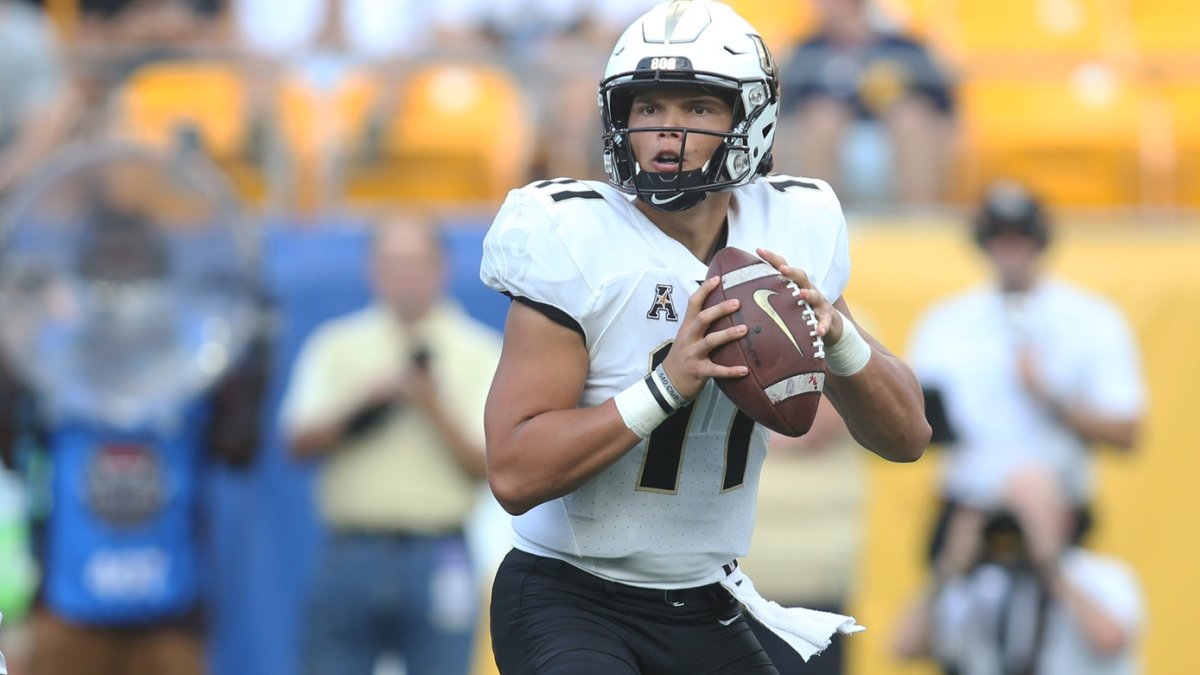On this week's edition of College Film Room, we look at the surprisingly good play of Georgia Tech freshman quarterback Jeff Sims, the consistently awesome play of Clemson quarterback Trevor Lawrence, the machine that is the UCF offense and how Miami kept Louisville's offense in check over the weekend.
Editor's note: Die-hard college football fans, NFL draft enthusiasts and avid college football bettors can now subscribe today to CFB Grades+ or CFB Premium Stats+ to get access to PFF's player grades, advanced stats and NCAA betting dashboard.
Shell Game
Football is a cruel game sometimes. A team can play fine defense for most of the game, as Louisville had done Saturday night against Miami, only to allow a few huge plays that turn the tide. The Cardinals allowed 47 points, but the Canes were successful on only 39.5% of their offensive plays. Louisville was successful on 47.7% of its plays but came away with only 34 points. The difference was the teams’ explosive plays. Even though the Cardinals crushed the Canes in success rate, their expected points added (EPA) per play numbers show a different story. The Cardinals crawled to -.015 EPA per play while Miami blasted its way to .279 EPA per play. Explosive plays make a difference.
There were five plays in the game that gained over 37 yards, and Miami had all of them. One way Miami was able to suppress Louisville’s explosive plays was by staying in a two-high safety shell for most of the game. Last season, the Canes played either Cover 1 or Cover 3 on 54.6% of their snaps. Those are one-high safety defenses. Their two-high coverages accounted for only 34% of their gameplan.
On the 39 first-down plays that weren’t on the goal line Saturday, Miami played 27 snaps of two-high — accounting for 70% of their defensive snaps. This was a deliberate way to approach the Louisville offense. Last week against UAB, Miami ran 66% of its defense from a one-high shell on first down. They flipped the script and kept Louisville at bay for long enough to win the game.
Exclusive content for premium subscribers

WANT TO KEEP READING?
Dominate Fantasy Football & Betting with AI-Powered Data & Tools Trusted By All 32 Teams
Already have a subscription? Log in



 © 2025 PFF - all rights reserved.
© 2025 PFF - all rights reserved.